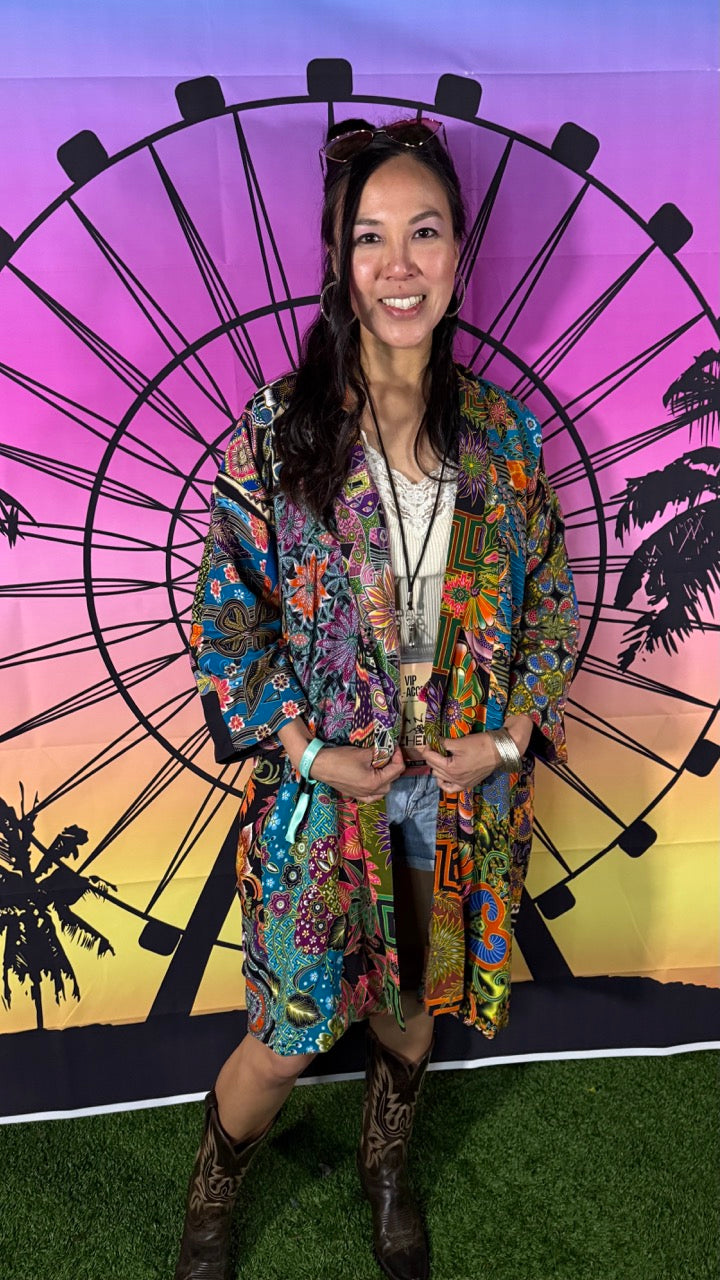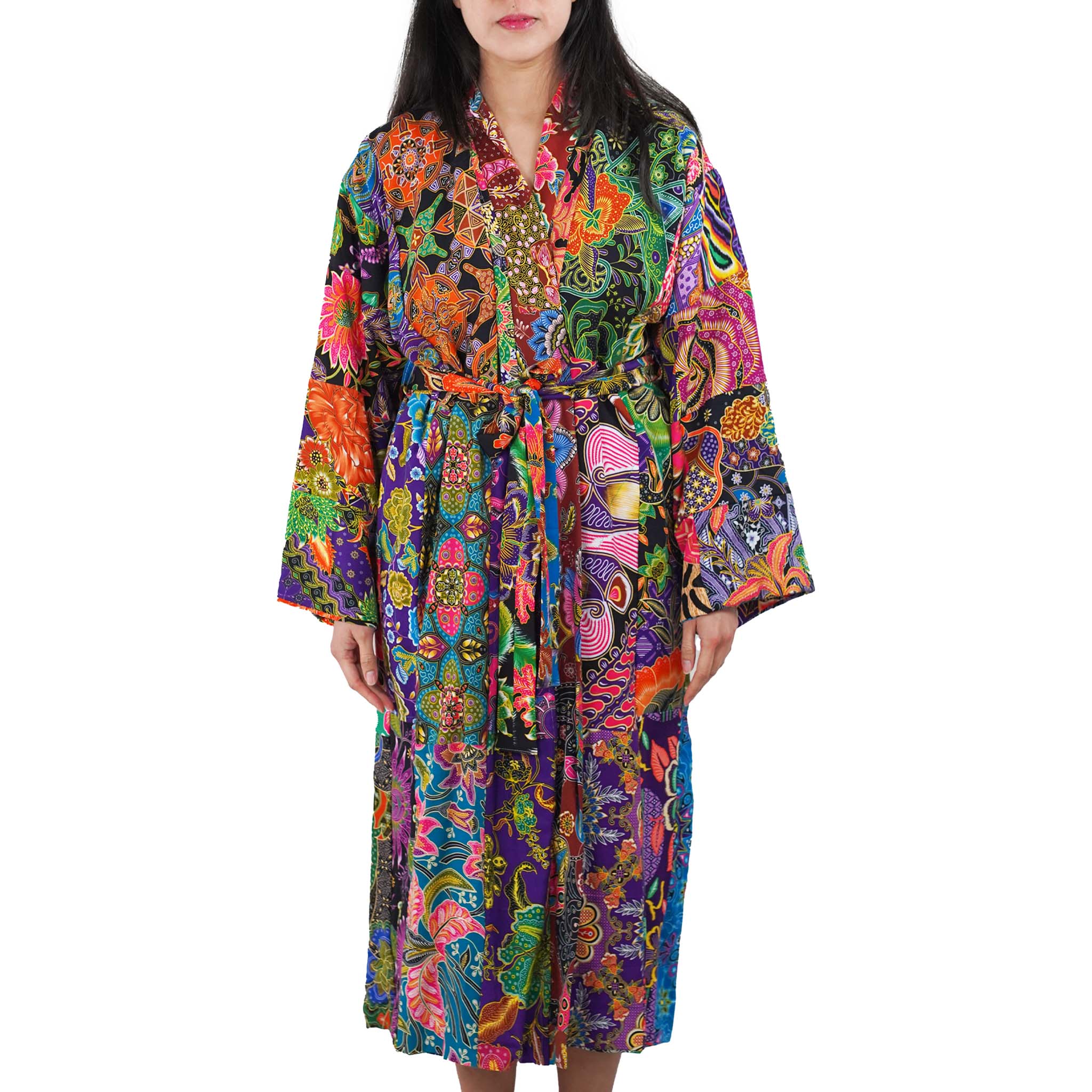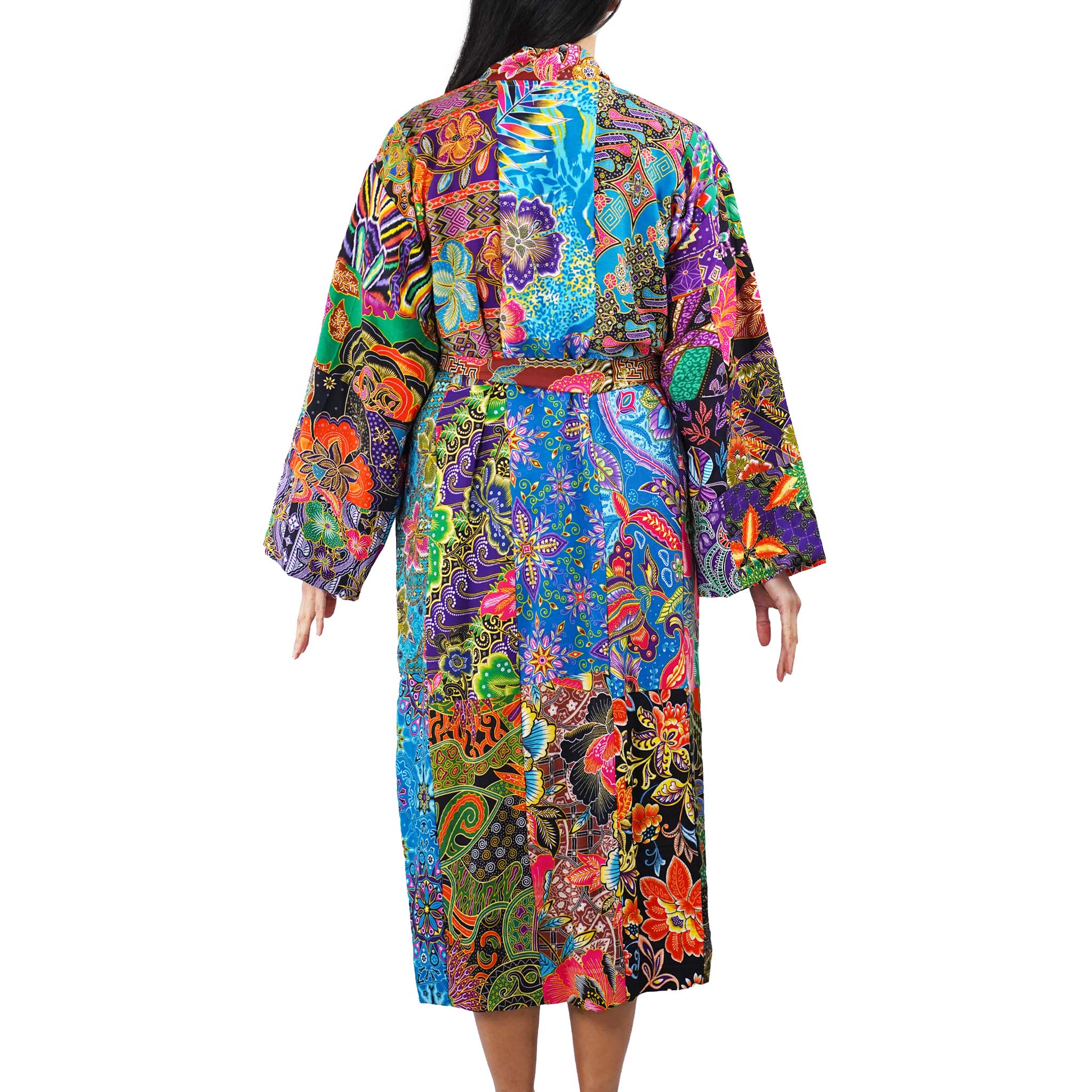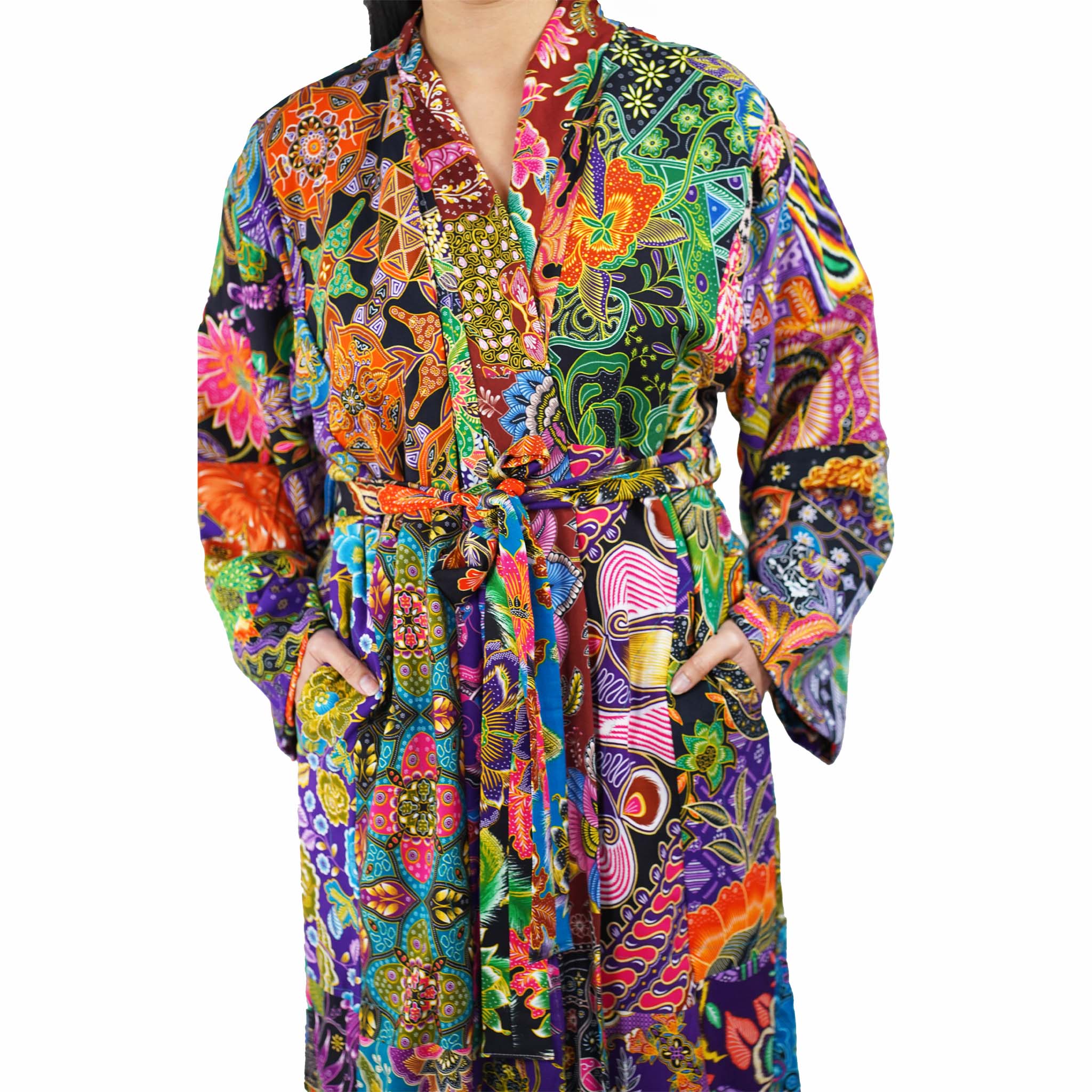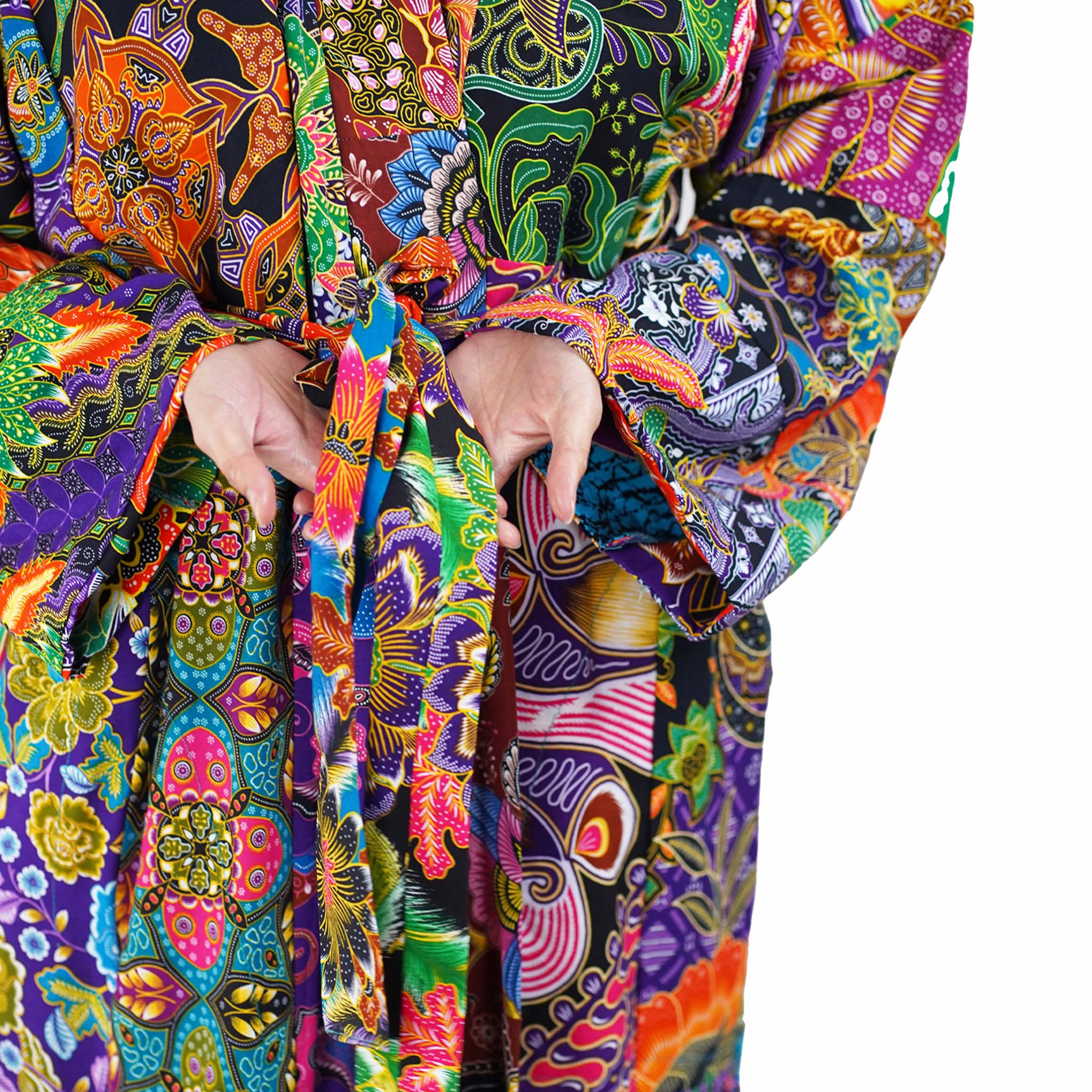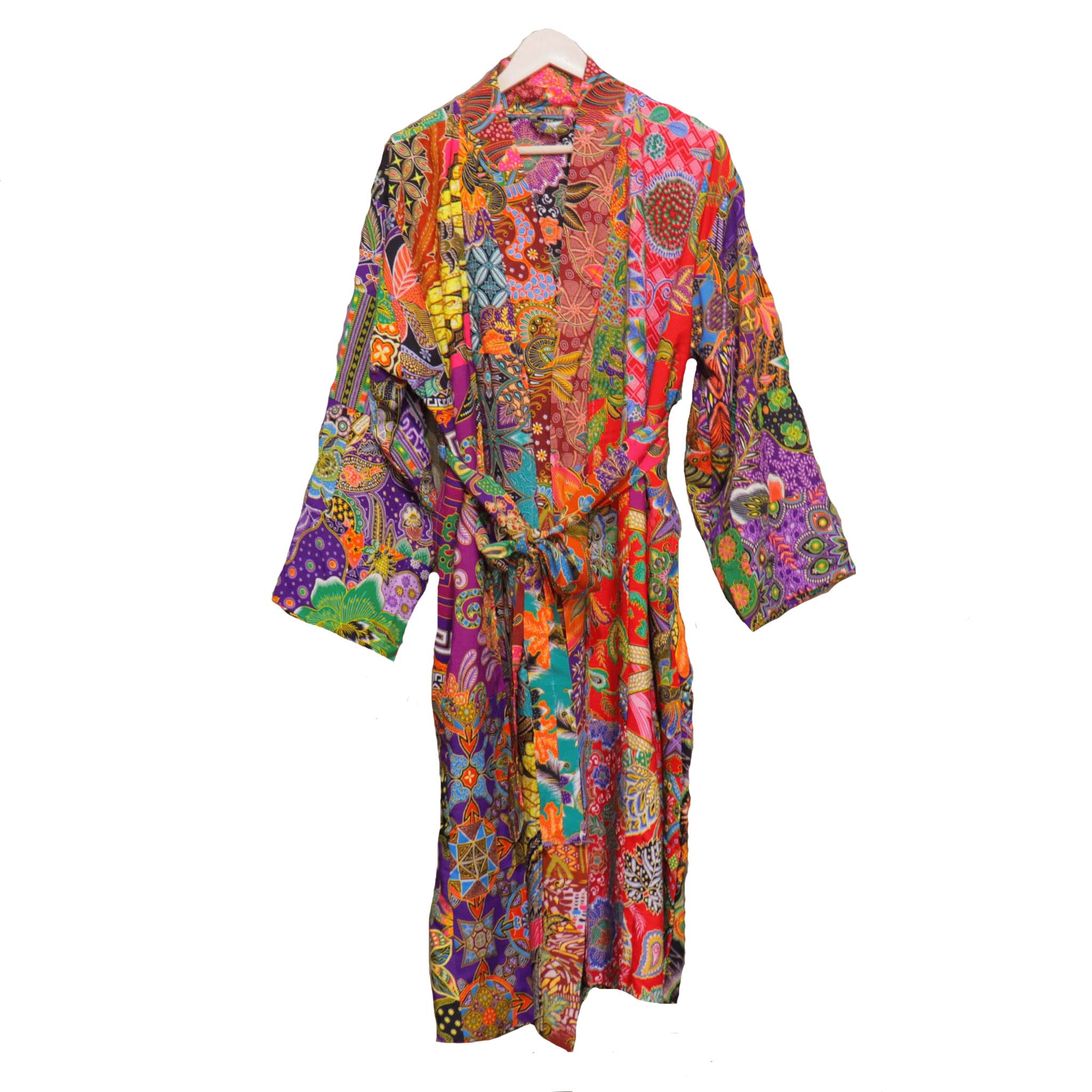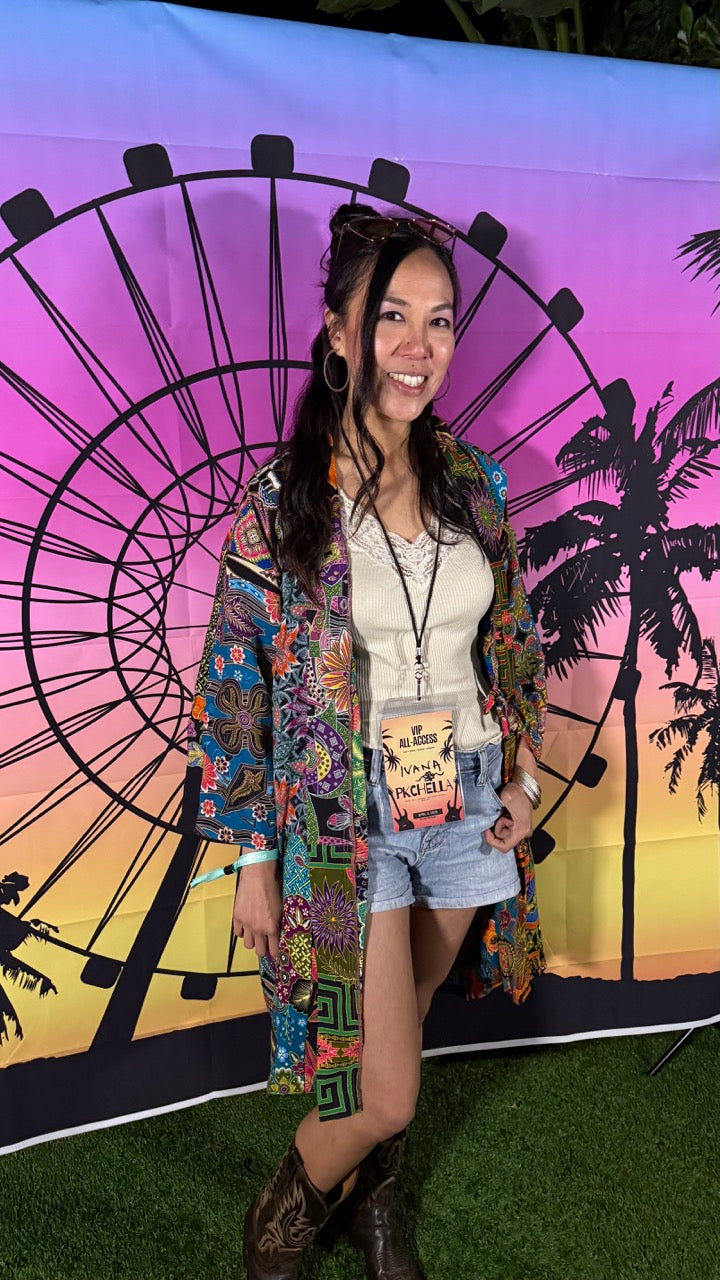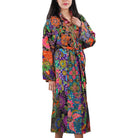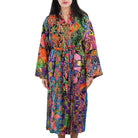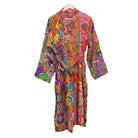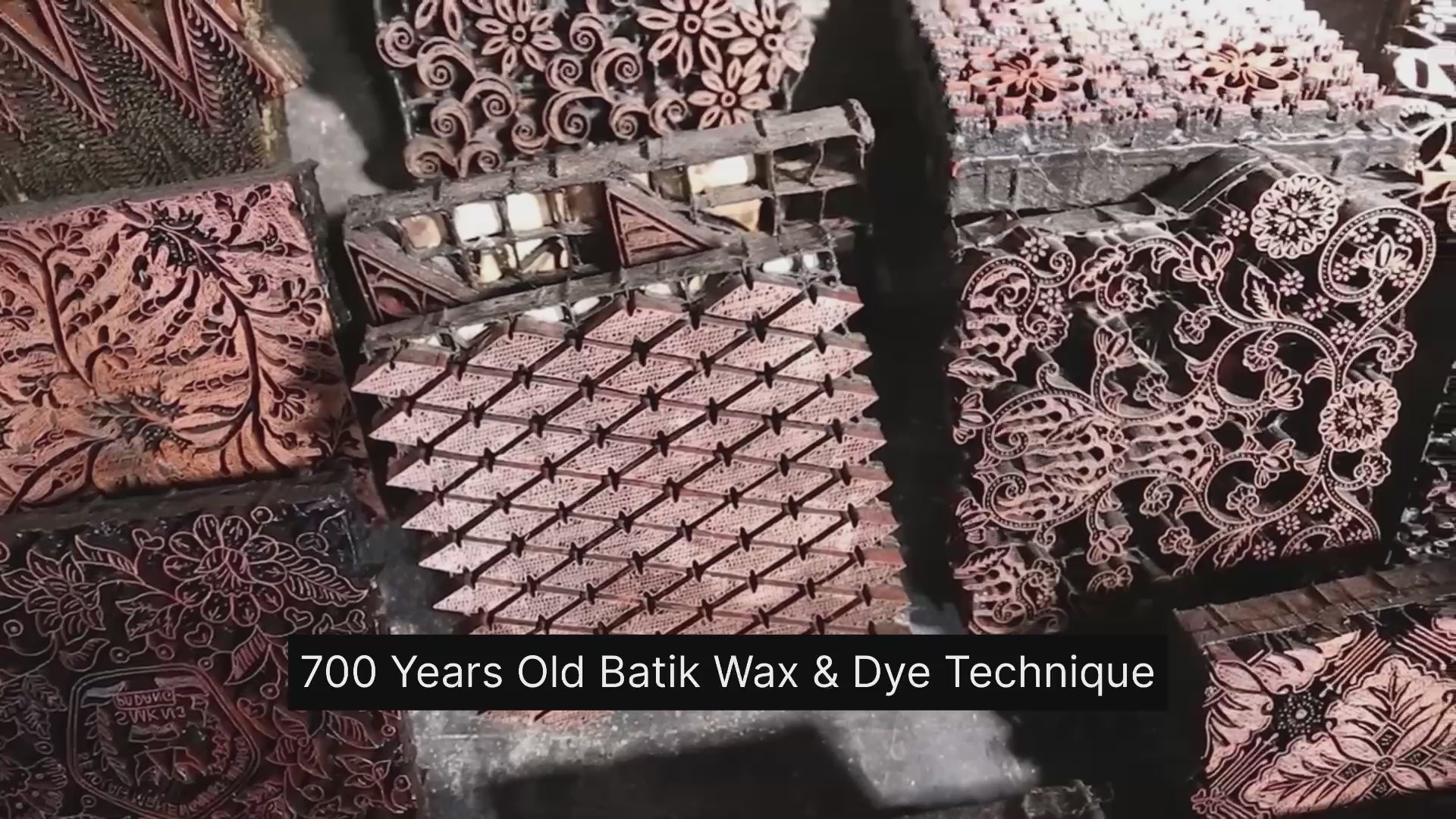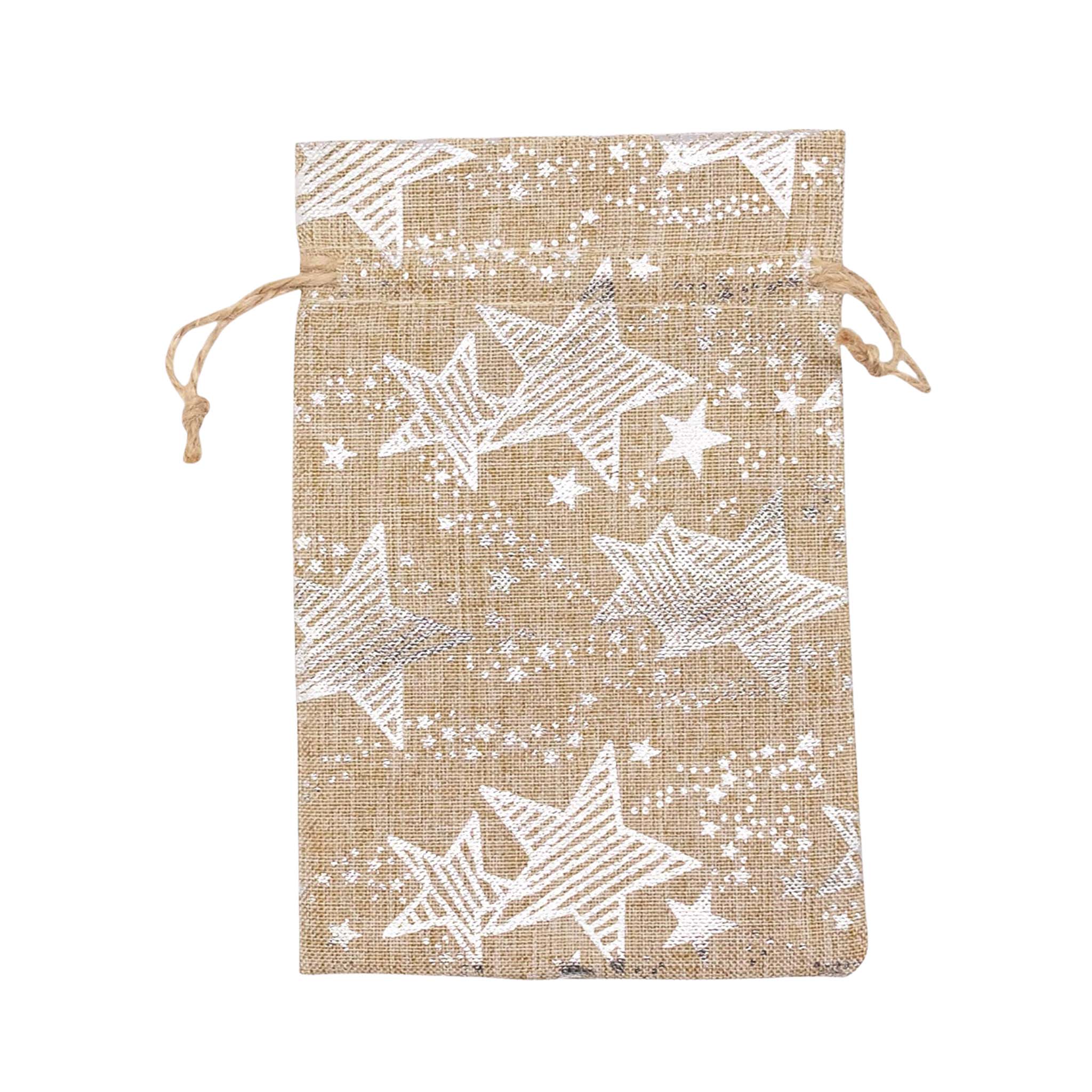Handmade Thick Quilted Quilt Printed Robe Kimono, Regular Size, Upcycled, Coachella
Couldn't load pickup availability
This is a washable printed robe/ kimono handmade by artisans, thick duster and home jacket.
- Because of the upcycled material and handmade nature of this item, each quilt kimono is not alike. The print will be of slightly different pattern and color but in variation of black, blue, pink, purple, green mix pattern.
- This thick quilted patchwork robe is handmade by artisans in Java using upcycled printed fabric from leftover fabric sourced from clothing manufacturer.
- Size: Regular Size. Up to 48" at chest and hips and 50" in length.
- Made of rayon, polyester
- Two side pockets
- Removable waist tie closure
- Belt loops and inside ties to secure closure
- Side slits at hem
- Machine washable in cold and machine dry in delicate setting.
- This is made of printed fabric and not wax and dye fabric.
- Eco-friendly, upcycled fabric for conscious fashion. The fabric was sourced from surroundings clothing manufacturer that would have been otherwise discarded.
- Coachella women's outfit idea
Kasih Co-op shares the culture and craft of Indonesia's batik
Handcrafted 700 years old batik wax & resist technique
FAQ for Batik Scarves & Bandanas
What makes this a genuine Indonesian Batik, and how can I tell it’s not a mass-produced printed design?
Authentic Indonesian Batik is defined by the traditional wax-resist dye technique, a craft recognized by UNESCO. Our products are created using either Hand-Drawn (Batik Tulis) or Hand-Stamped (Batik Cap) methods.
The easiest way to confirm authenticity is by performing the "Double-Sided Check": Genuine batik colors and patterns are almost identical and equally vibrant on both the front and the back of the fabric, because the wax and dye fully penetrate the cloth. Printed imitations will show a bright front but a noticeably faded or indistinct back.
Why is Indonesian Batik considered a unique cultural heritage?
Indonesian Batik is far more than just fabric; it is a living tradition. In 2009, UNESCO recognized Indonesian Batik as a Masterpiece of the Oral and Intangible Heritage of Humanity.
The craft is deeply intertwined with the Indonesian cultural identity, spirituality, and visual storytelling, with techniques and symbolic meanings passed down through generations. Specific Javanese motifs, for instance, were historically reserved for royalty, adding layers of meaning to every thread.
What is the meaning behind the most popular Batik motifs like Parang, Kawung, or Mega Mendung?
Batik motifs function as a visual language, carrying deep philosophical meanings :
- Parang: This diagonal, wave-like pattern, originating in Central Java’s royal courts, symbolizes strength, continuity, and resilience.
- Kawung: One of the oldest motifs, based on intersecting circles (resembling the palm fruit), it symbolizes purity, justice, and is a reminder to never forget one's origins.
- Mega Mendung: This cloud pattern from Cirebon represents patience, calmness, and the expectation for the wearer to remain controlled and cool in handling problems.
How should I wash my Batik to ensure the colors do not fade and the fabric lasts?
Proper care ensures the longevity of your handcrafted item. Gentle is key :
- Washing: We strongly recommend hand washing in cold water. If you use a machine, select the delicate/gentle cycle and place the batik in a mesh bag.
- Detergent: Use a mild detergent. Never use chlorine bleach or strong detergents.
- Drying: Air-dry in the shade. Prolonged exposure to direct sunlight must be avoided as it causes color fading. Do not wring or twist the fabric.


